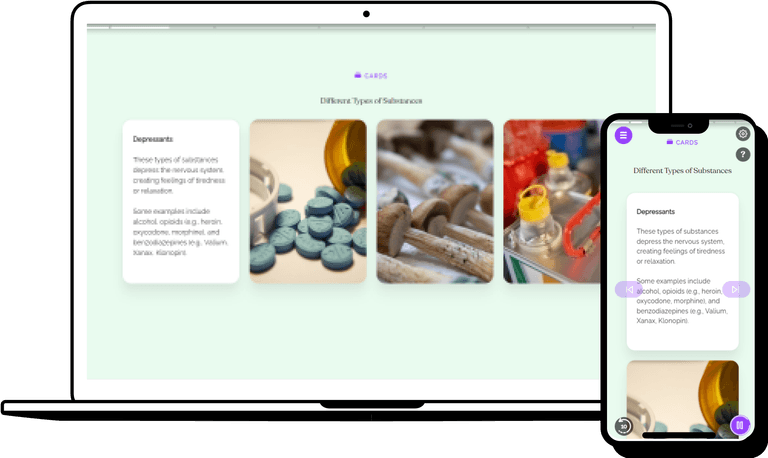Introduction to Cybersecurity training
This course provides individuals and organizational employees with an awareness of cyber criminal activity, potential cyber threats, and best practices for protecting sensitive data. With the threats increasing and the fines for violations more expensive than ever, implementing a solid cybersecurity plan has never been more vital.

Cybersecurity is about protection
Cybersecurity is about protecting information and systems from attack, damage, or unauthorized access. This includes protecting computers, networks, programs, and data from threats such as malicious software, hackers, and cyber criminals. Cybersecurity involves the use of technology, processes, and training to protect networks, computers, programs, and data from attack, damage, or unauthorized access. It also involves the development of policies, procedures, and guidelines to protect the information and systems from potential threats.

Cybersecurity training can be beneficial to any organization, as it helps to protect data, increase productivity, reduce costs, improve reputation, and boost employee morale. With the ever-evolving threats of cyber attacks, it is essential for organizations to invest in cybersecurity training to ensure the safety of their information.
Investing in cybersecurity training can help an organization save money in the long run. By teaching employees how to protect their data, organizations can reduce the cost of dealing with security breaches or other cyber attacks.
Cybersecurity training can help employees become more efficient in their work. By understanding the latest security measures, they can spend less time worrying about potential threats and more time focusing on their tasks.
Cybersecurity training serves to educate employees on the best ways to protect their organization's data, as well as their own personal information. By learning how to recognize potential threats and how to respond to them, employees can help to reduce the risk of data breaches, viruses, and other cyber attacks.

Understanding personally identifiable information
Personally identifiable information (PII) is any type of data that can be used to uniquely identify an individual. PII is a cornerstone of cybersecurity, as protecting the privacy and confidentiality of individuals is paramount. All of this information must be secured against unauthorized access and use, and organizations must ensure that they have adequate security measures in place to protect PII.
Personally identifiable information
Here are some personally identifiable information (PII) categories that can be used to identify or contact a specific individual:
Here are some myths to look out for:
- -
Name
- -
Address
- -
Social Security number
- -
Driver’s license number
- -
Financial account number
- -
Biometric data such as fingerprints

Protect your data with cybersecurity training
Cybersecurity training is an important step in protecting your data and staying secure online. It teaches you how to recognize and prevent potential threats, such as phishing, malware, and other cyber attacks. Cybersecurity training also provides you with the necessary skills to respond to an attack and recover your data if something happens. With the right training, you can help protect your data and keep it secure.

Helping over 8,000 organizations create a safer, more productive workplace
EasyLlama’s online training course helps prepare employees to navigate the complex world of cybersecurity. With threats increasing and the fines for violations more expensive than ever, implementing a solid cybersecurity plan can help organizations save time and money while avoiding future litigation. The course covers:





















